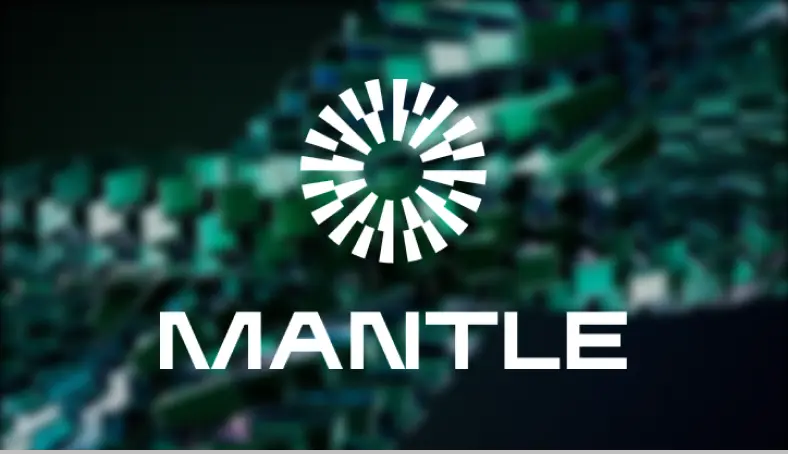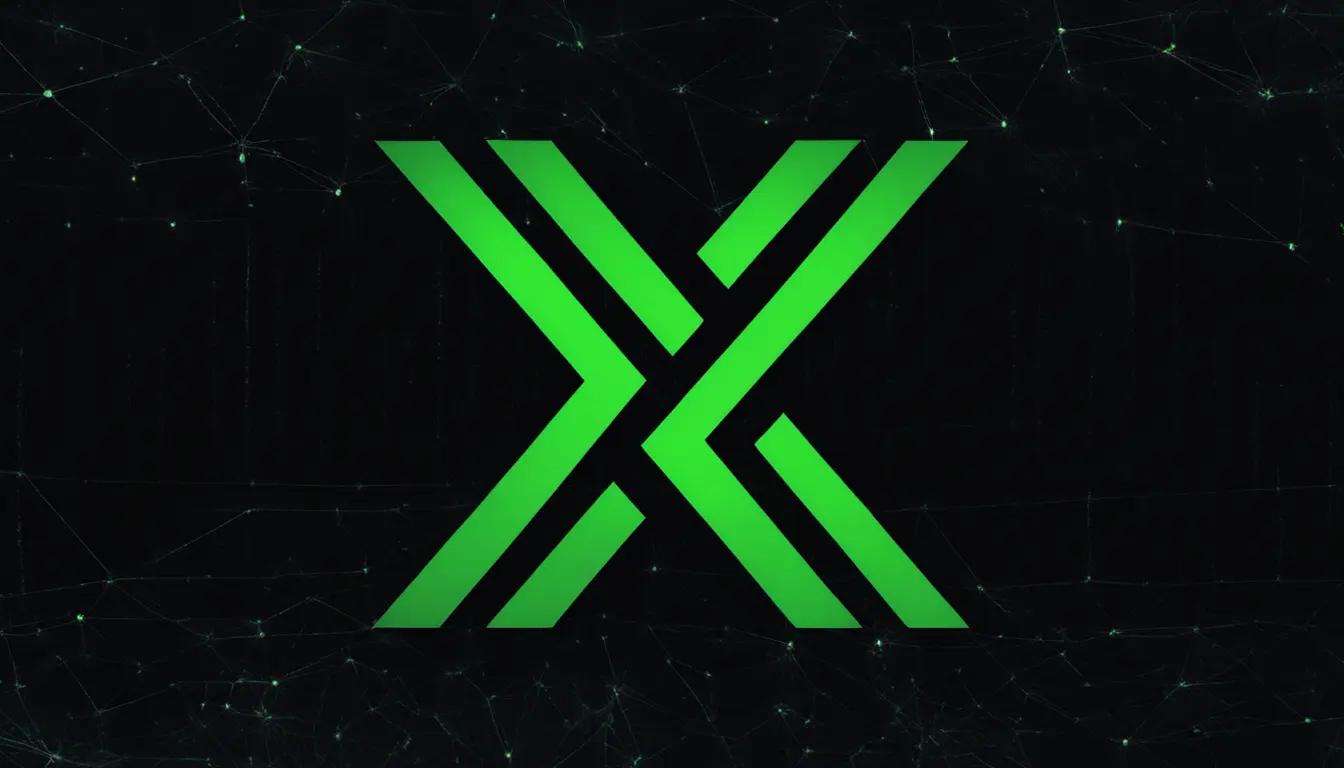If you’ve been in the Ethereum DeFi space, you probably came across terms like "layer-2," "zero-knowledge," and "rollups" as they frequently appear among discussions that seek solutions to the high costs and limited speed of transactions on the Ethereum mainchain. One notable project working to address these challenges is Loopring. Initially launched in 2017, Loopring gained significant attention in November 2021 with a surge in its token price, and its decentralized exchange has attracted users seeking to avoid high transaction fees on Ethereum.
Loopring encompasses various aspects such as a company (Loopring Project Ltd), a protocol (Loopring Protocol), a decentralized exchange (Loopring Exchange), and a token (LRC). This article will primarily focus on the Loopring Protocol, delving into its core components, inner workings, and unique features.
The Basics of Loopring: What You Need to Know
Loopring, founded by former Google software engineer Daniel Wang, aims to enhance the speed and cost-efficiency of trading assets and making payments on the Ethereum blockchain without compromising security. It serves as a protocol for creating non-custodial, orderbook-based decentralized exchanges (DEX) on Ethereum. By routing and processing trades, Loopring matches sellers and buyers at market prices without needing to hold buyers' or sellers' funds. This greatly differs from centralized exchanges that demand traders to deposit their funds.
As a layer 2 protocol, Loopring is built upon the Ethereum mainchain (layer 1), setting it apart from other DEX projects like Uniswap or SushiSwap, which operate directly on layer 1. Both models have their advantages and disadvantages. Layer 2 solutions inherit much of layer 1's security while offering faster and more cost-effective transactions compared to the mainchain.
The Loopring Foundation strives to develop and promote this advanced protocol to revolutionize the way assets are exchanged and payments are made within the Ethereum ecosystem.
The Mechanics Behind Loopring
Loopring operates as a layer 2 solution built on the Ethereum blockchain, which aims to enhance transaction efficiency and reduce associated costs. Its core technology, known as zkRollups, is the key to achieving these advancements.
ZkRollups work by batching multiple transactions together, executing them outside the underlying layer 1, and then posting the data to the Ethereum-based layer 1 for consensus. This method significantly reduces transaction costs since the data size and processing power are shared among the batched transactions, much like carpooling reduces individual toll fees.
The "zk" in zkRollups stands for Zero Knowledge, a cryptographic approach that facilitates secure and private data sharing. Zero-knowledge proofs enable one party to verify the accuracy of a statement to another party without disclosing any details about the statement itself. This process ensures a secure and private environment for trading and order execution on decentralized exchanges.
Loopring's decentralized nature supports an orderbook-based model, which contrasts automated market makers (AMM) in the DeFi space. The use of zkRollups, zero-knowledge proofs, and layered solutions makes Loopring a powerful tool for efficient, secure, and cost-effective trading experiences on the Ethereum platform.
What Sets Loopring Apart?
Loopring, developed by the team that created the first publicly accessible zkRollup exchange on Ethereum, demonstrates the effectiveness of its underlying technology. Unlike most decentralized exchanges (DEXs) which utilize automated market maker (AMM) technology dependent on user-generated liquidity, Loopring is based on orderbooks, delivering a trading experience similar to centralized exchanges.
Some key features of Loopring include:
- Security: Built on Ethereum, it provides a secure foundation for decentralized trading.
- Zero-knowledge Proofs: Utilizes zkRollup technology that enhances security, privacy, and scalability.
- Performance: Capable of processing 200 trades/transactions per second, about 10 times more than Ethereum alone.
- Non-custodial: Traders maintain custody of their assets without relying on a third party.
- Transparency: Facilitates trustless trading, fostering a transparent trading environment.
- Low-fee & high-speed: Cost-efficient and fast trading due to its Layer 2 scaling solution.
These characteristics showcase Loopring as a unique and reliable player in the decentralized trading space.
Exploring the Full Spectrum of Loopring's Capabilities
Loopring offers a comprehensive array of tools to cater to a variety of users. Built on the Ethereum blockchain, it includes the Loopring Protocol, which is a zkRollup protocol to establish decentralized exchanges. Furthermore, there's the powerful backend mechanism that facilitates the protocol. The Loopring Exchange, or Loopring Layer 2 App, takes advantage of the protocol to create a decentralized exchange. Lastly, the Loopring Wallet serves as a self-custodial, user-friendly mobile wallet for secure asset management.
Loopring's Native Token: Understanding LRC
LRC serves as the native token for Loopring. As an ERC-20 token on the Ethereum network, it can be bought through various decentralized and centralized exchanges, including Loopring Exchange. Holding LRC enables users to partake in governance, access the VIP program, and participate in liquidity mining.
The Future of Loopring
As Loopring has evolved since its inception in 2017, it has consistently introduced improvements to its platform. With enhancements in trade settlement, fee models, and versatile orders, this layer 2 solution maintains a strong trajectory. Some of Loopring’s upcoming advancements include NFT support and various product upgrades. Stay informed about the promising future of this cryptocurrency as it continues to adapt and progress within the rapidly evolving world of cryptocurrencies.











